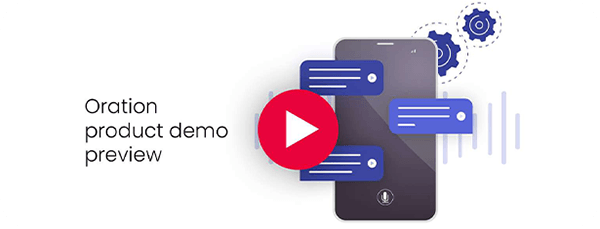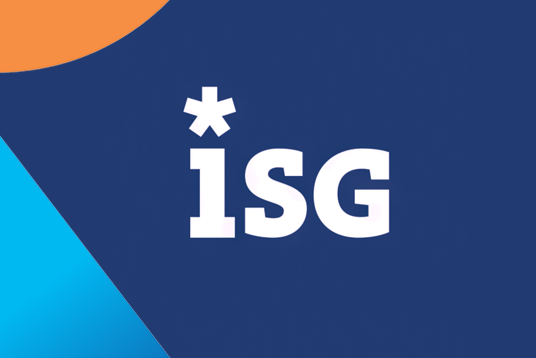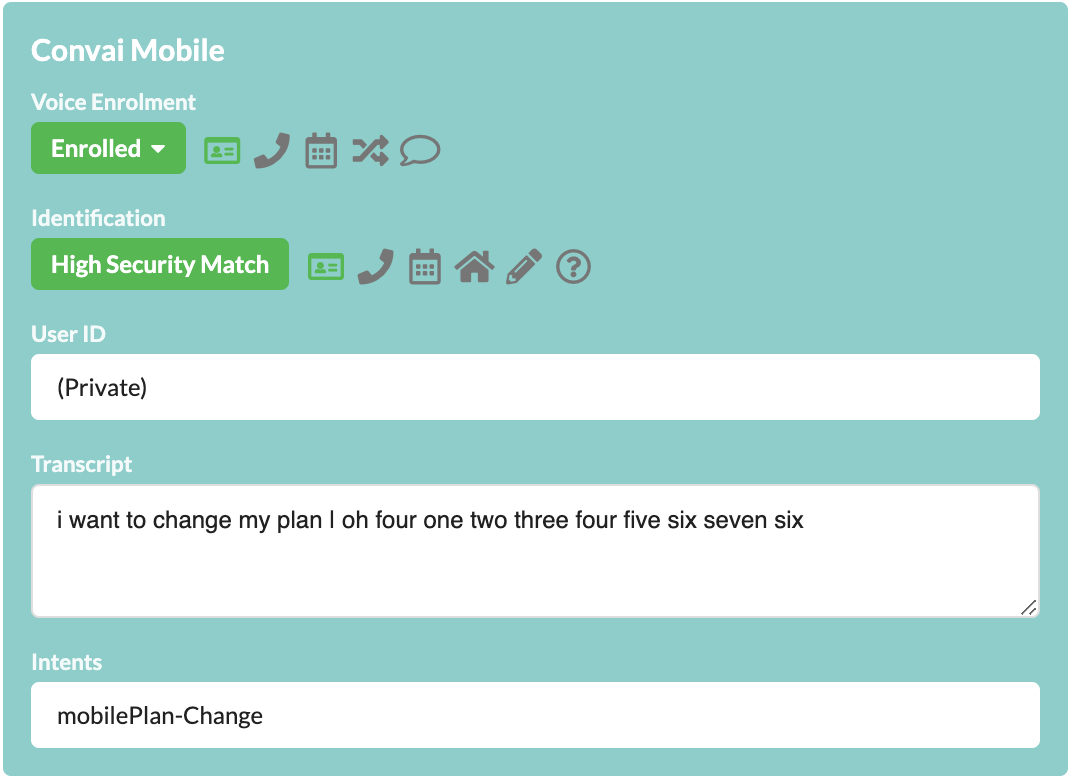OLD WORLD VS NEW WORLD
Voice Recognition to Transcription
Avoid voice recognition limitations with AI-powered transcription capabilities.
Voice Recognition (VR) has been around for over two decades, but this traditional technology is expensive and can require specialised knowledge and constant fine-tuning. The new generation, Transcription, converts spoken language into text that can be processed by an application. This method improves the caller experience by interpreting a caller’s natural and freely spoken language instead of being constrained by limited words and phrases. Transcription simply transcribes what the user says into text, and it includes punctuation, making it more flexible than traditional Voice Recognition.
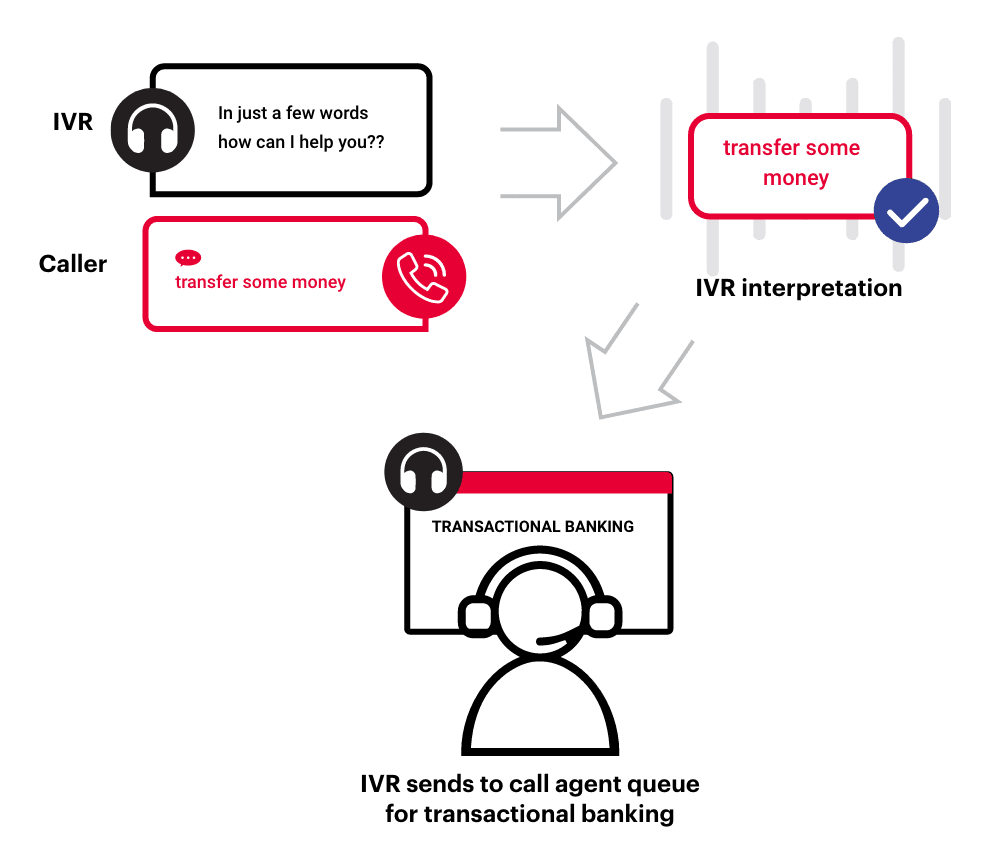
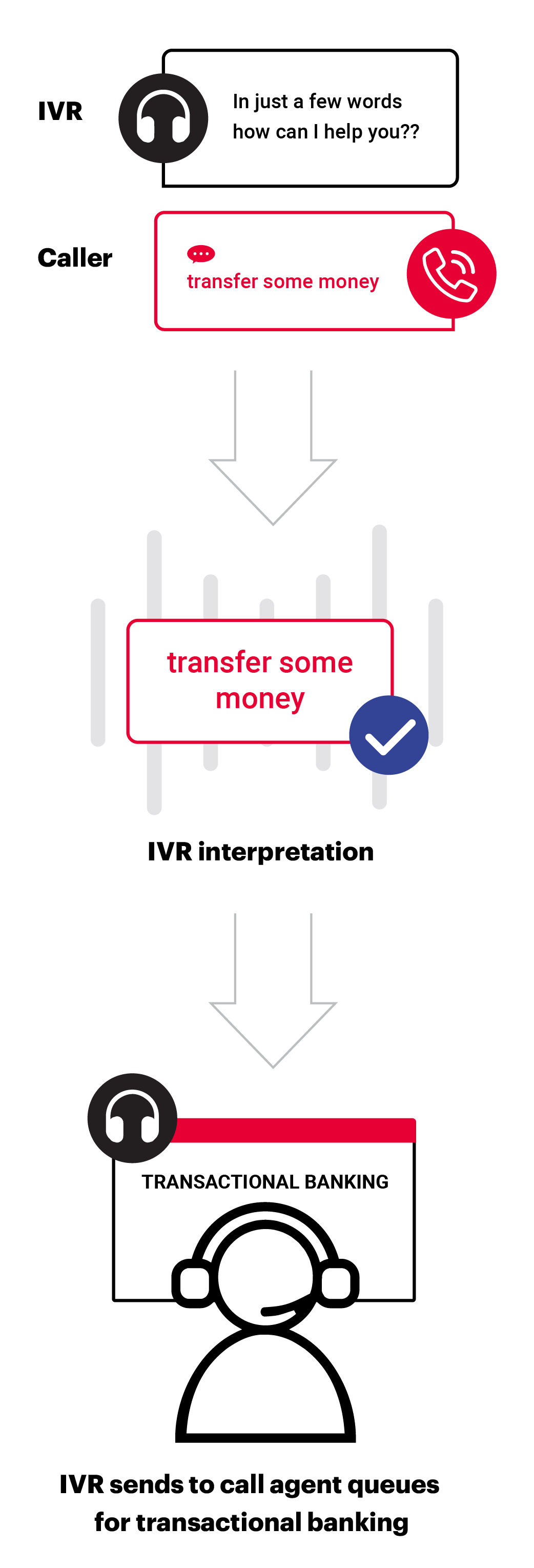
What is Voice Recognition?



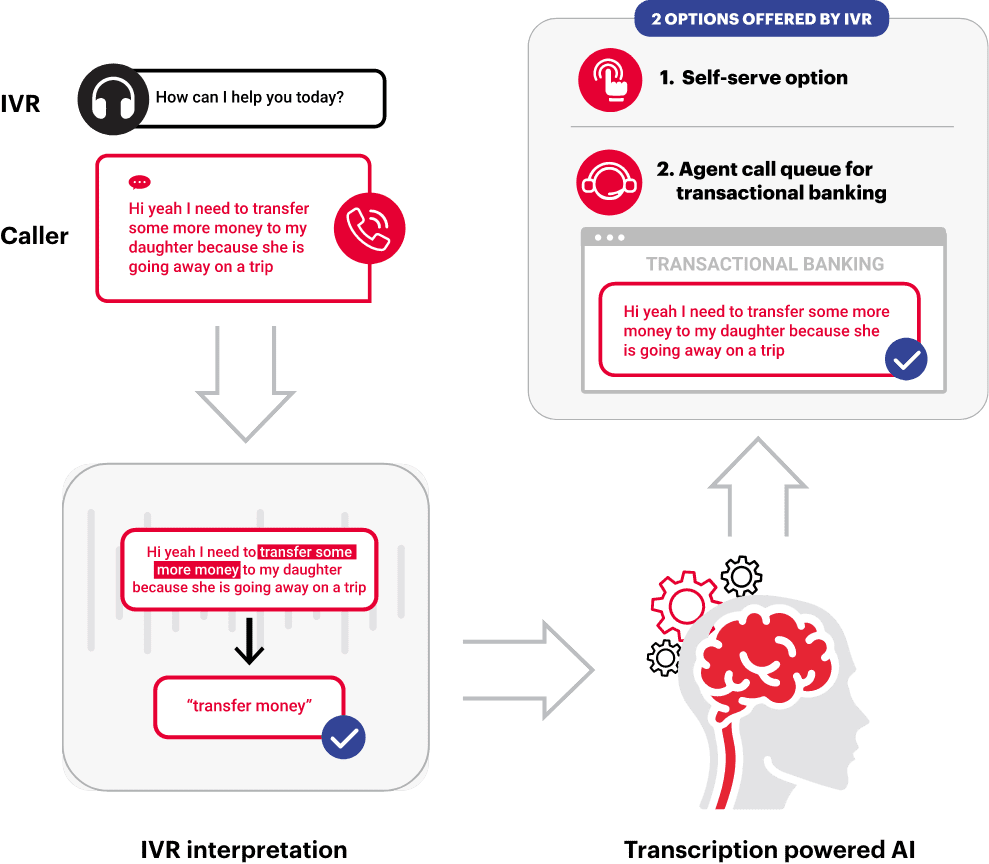

What is Transcription?

How to get Transcription in your contact centre?
Oration is an easy-to-use contact centre plugin designed to be implemented as an overlay to your existing contact centre technology infrastructure. A SaaS cloud-based solution, Oration can be up and running within a matter of days. One of the main capabilities of Oration is its Transcription feature.
Oration sets itself apart by offering you a choice of the best Transcription engines for your needs. Oration uses advanced technology to understand important words and phrases and ignore extra information, while its supervised learning feature lets you improve accuracy by viewing customer responses and mapping them to intents. You can even add unusual words in real-time with the hints feature. Additionally, Oration's information extraction can quickly identify and highlight common data from the customer's speech, such as their date of birth or customer number.
Oration will:
 Reduce average handling times
Reduce average handling times Identify and verify your callers
Identify and verify your callers  Increase uptake to self-service
Increase uptake to self-service  Provide targeted banners
Provide targeted banners  Facilitate a digital channel shift
Facilitate a digital channel shift  Improve agent and customer engagement
Improve agent and customer engagement  Support speed to competency
Support speed to competency
Discover Oration’s features
You can configure Oration’s features to your contact centre’s needs with or without Convai’s help - you choose what works best for you.


Overview of how Oration works
Watch Oration in action to see how easy it is to use and how it can better manage the conversations in your contact centre operations.

